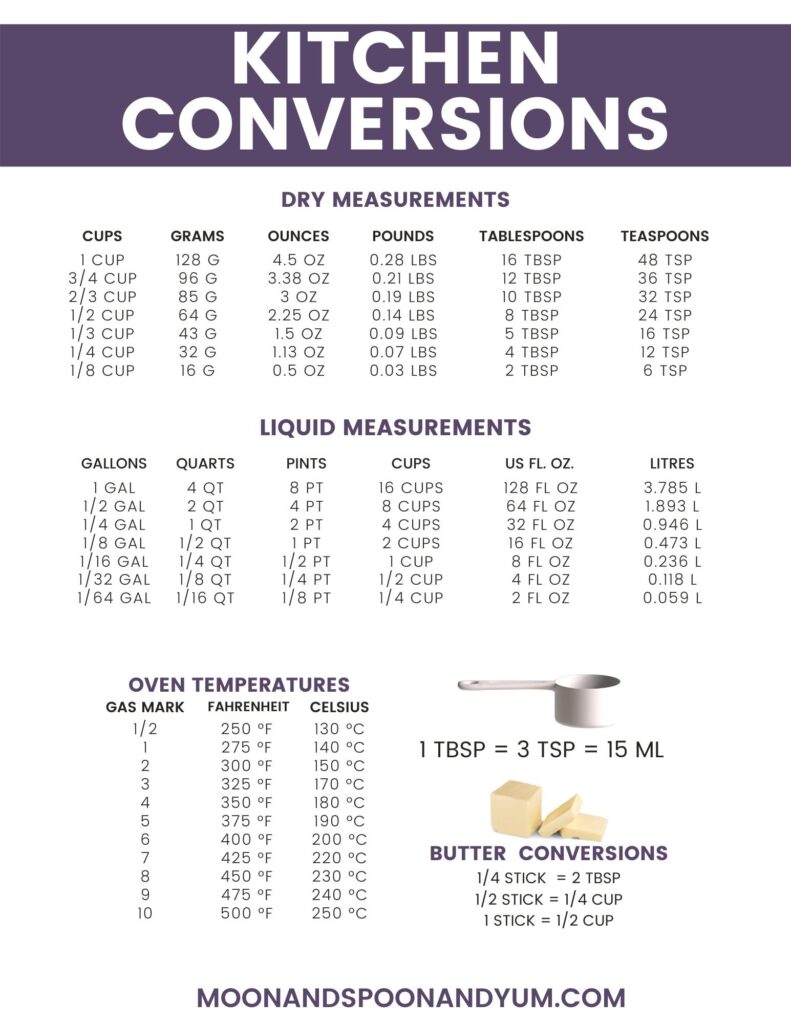How many tablespoons in 8oz

Welcome how many tablespoons in 8oz to the wonderful world of culinary measurements, where precision is key and accuracy reigns supreme! Whether you’re a seasoned chef or just starting out in the kitchen, understanding the basics of measurement is essential for creating delicious dishes that wow your taste buds. In this blog post, we’ll be diving into one specific measurement conversion: tablespoons to ounces. So grab your apron and let’s uncover the answer to that burning question – how many tablespoons are there in 8 ounces? Get ready to become an expert in kitchen conversions and whip up recipes with confidence!
The Basics of Measurement: Understanding the Importance of Accuracy
In the culinary world, precision is everything. Accurate measurements can make or break a recipe, turning an ordinary dish into something truly extraordinary. But why is accuracy so important in cooking and baking?
First and foremost, accurate measurements ensure consistency in your dishes. Whether you’re making a family-favorite recipe or experimenting with new flavors, precise measurements guarantee that each time you recreate the dish, it will taste just as delicious as before.
Accurate measurements also contribute to the texture and structure of your baked goods. Baking is both an art and a science – slight variations in ingredient quantities can result in cakes that are too dense or cookies that spread too much. By measuring ingredients precisely, you’ll achieve the desired texture every single time.
Additionally, accurate measurement plays a role in flavor balance. Too little salt can leave a dish tasting bland while too much can overpower other flavors. Using precise amounts of herbs and spices ensures they enhance rather than overwhelm your culinary creations.
Precise measurements allow for better troubleshooting when things don’t go according to plan. If your cake turns out dry or your sauce lacks depth of flavor, being able to pinpoint where you may have gone wrong becomes easier when you’ve measured accurately from the start.
So remember: whether you’re following a recipe or creating one of your own masterpieces from scratch, understanding the importance of accuracy is key to achieving culinary excellence!
Tablespoons and Ounces: What Do They Mean?
Tablespoons and ounces are common units of measurement used in cooking and baking. Understanding what these terms mean is essential for accurate recipe preparation.
A tablespoon is a unit of volume that measures approximately 14.8 milliliters or about 0.5 fluid ounces. It is often abbreviated as “tbsp” or “T”. Tablespoons are commonly used to measure ingredients such as liquids, dry powders, and spices.
On the other hand, an ounce is a unit of weight that measures approximately 28 grams or about 1/16th of a pound. It can also refer to a fluid ounce, which measures the volume of liquid ingredients like water or milk.
When it comes to converting tablespoons to ounces, it’s important to note that there are two different types: US customary tablespoons (the most commonly used) and UK tablespoons. The conversion factor may vary slightly depending on which type you’re using.
To convert tablespoons to ounces (US), simply divide the number of tablespoons by two. Therefore, if you have eight tablespoons, you would have four fluid ounces.
It’s worth mentioning that precision matters when measuring ingredients in cooking and baking. Using too much or too little can greatly affect the outcome of your dish. So always strive for accuracy by using proper measuring tools like spoons and cups designed specifically for this purpose.
Understanding the difference between tablespoons and ounces is how many tablespoons in 8oz crucial for successful recipe execution. Whether you’re following a recipe or creating one from scratch, knowing how to accurately measure ingredients will improve your culinary skills and ensure consistent results every time you step into the kitchen!








